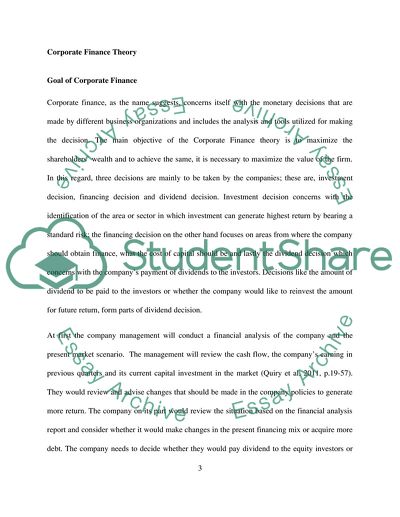Cite this document
(Corporate Finance Theory and Transaction Cost Theory Research Paper, n.d.)
Corporate Finance Theory and Transaction Cost Theory Research Paper. Retrieved from https://studentshare.org/finance-accounting/1764236-corporate-finance-theorytransaction-cost-theory
Corporate Finance Theory and Transaction Cost Theory Research Paper. Retrieved from https://studentshare.org/finance-accounting/1764236-corporate-finance-theorytransaction-cost-theory
(Corporate Finance Theory and Transaction Cost Theory Research Paper)
Corporate Finance Theory and Transaction Cost Theory Research Paper. https://studentshare.org/finance-accounting/1764236-corporate-finance-theorytransaction-cost-theory.
Corporate Finance Theory and Transaction Cost Theory Research Paper. https://studentshare.org/finance-accounting/1764236-corporate-finance-theorytransaction-cost-theory.
“Corporate Finance Theory and Transaction Cost Theory Research Paper”, n.d. https://studentshare.org/finance-accounting/1764236-corporate-finance-theorytransaction-cost-theory.


